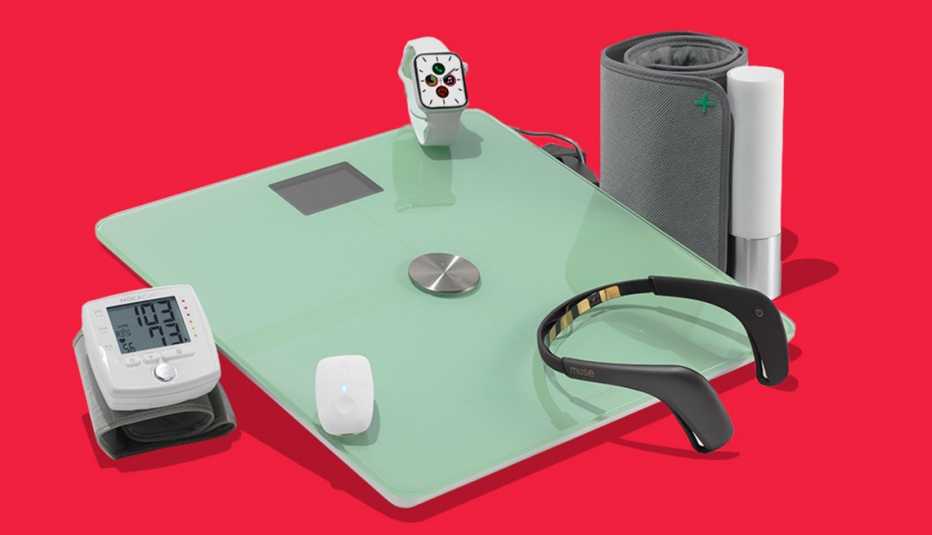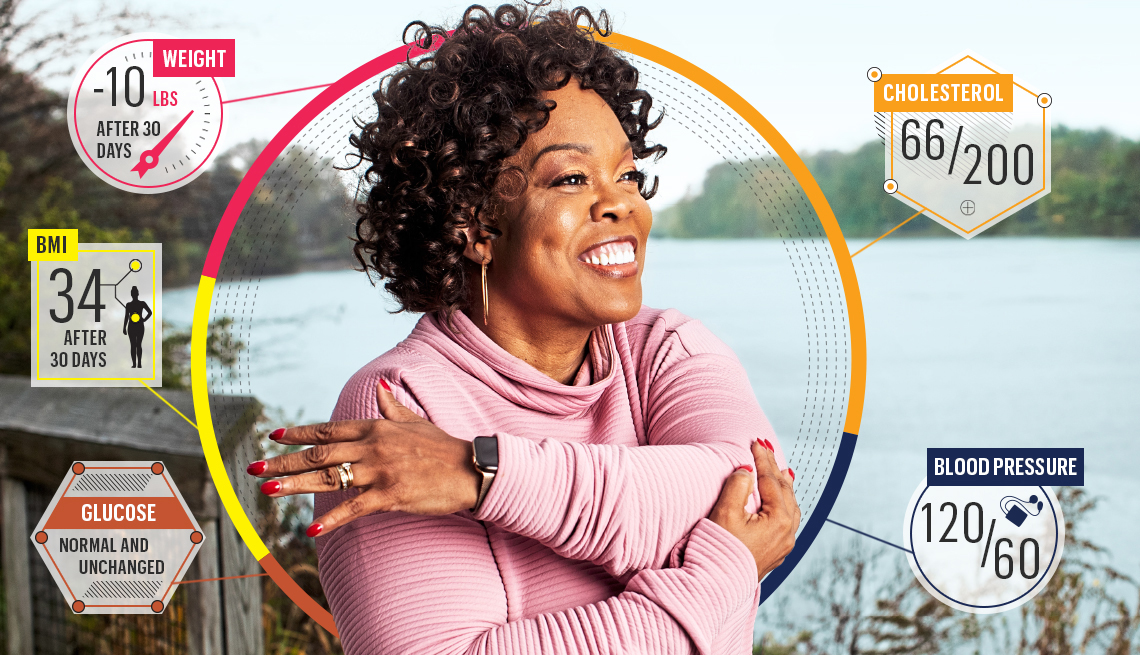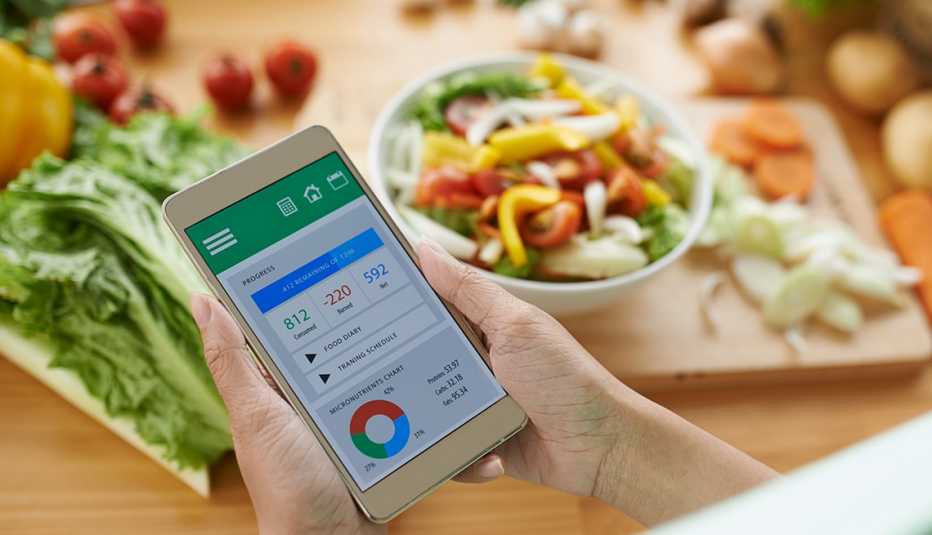Staying Fit
I have a confession. I've been a professional health writer for three decades. But if you were to give me a report card on how well I care for myself, I'd fail almost every basic test of healthy living. And it's not like I don't already know what I need to do:
- Eat smaller portions. (Do fries come with that shake?)
- Move for at least 30 minutes a day. (Does fidgeting in my chair count?)
- Do weight-bearing exercises for stronger bones and muscles. (Sure — a few hundred coffee-mug lifts per day.)
- Consistently get enough quality sleep. (Oh, sorry, were you talking to me?)
- Don't smoke. (Yay! I've never smoked.)
Which means I have the same experience that many people have. At my routine doctor visits, I have to listen to the “talk” that a person of my age (I'm 62) needs to be more proactive with her health to live a long, productive life.


AARP Membership— $12 for your first year when you sign up for Automatic Renewal
Get instant access to members-only products and hundreds of discounts, a free second membership, and a subscription to AARP the Magazine.
I always walk away with good intent. But this year in particular has been rough for the health of my friends and family who are also in their 50s and 60s. I have lost people I love to preventable diseases. This was my wake-up call. And I know that nobody can fix me but me.
Or is that entirely true?
In the past few years, the market has exploded for consumer devices that can measure just about every aspect of our health and wellness. It started about a decade ago with fitness trackers produced by companies such as Fitbit, electronic gadgets you wear on your wrist to track how many steps you've taken per day and how well you sleep at night. Those morphed into smart watches, led by the Apple Watch, which added a host of features beyond health but also incorporated everything from noise-level detectors to electrocardiogram tests into that little box on your wrist.
Now there are all sorts of “wearables” that can monitor your health from head (headbands that measure your brain activity) to toe (smart insoles that measure your gait). Some 142 million smart wearables were projected to be sold worldwide in 2019, according to research firm CCS Insight. What started with tricked-out pedometers has blossomed into a category of products that let us gather just about as much data as we'd like about our health.
"Big tech companies, small tech companies — everyone seems to be getting into the market,” says Thomas Rieck, a wellness and exercise specialist for the Mayo Clinic Healthy Living Program in Rochester, Minnesota.
With the right device, you can easily measure your heart rate, blood pressure and more. Maybe if I loaded up with all this new technology, I could get a handle on my health. So I went on a 30-day quest to see if digital health devices could help me jump-start real and sustainable change. The data was all there, inside my body. If I could access it in real time, perhaps I could become more proactive rather than simply reacting when aches, symptoms or the sight of a changing profile in the mirror moved me to action.


The Devices Andrea Tried
Withings Body+ scale
Tracks weight and body composition; $100.
Muse 2 headband
Uses an EEG to track brain activity. Useful for mindfulness meditation; $250.
Upright Go
A posture-training device; starts at $80.
MocaCuff
Blood pressure monitor for the wrist; $45.
Withings BPM
Blood pressure monitor for the arm; $100.
Apple Watch
Smart watch that monitors a variety of fitness and wellness factors; starts around $450.
Step one: Go shopping. In short order I had on hand a smart weight scale, two blood pressure monitors, a brain wave headband, a posture-alert device and three health-related smartphone apps that work with the Apple Watch I already owned.
Next, I sat down with my physician, Darin Morse, in Lansing, Michigan, to create a plan and a baseline for this new effort. We went over my starting numbers — weight, blood pressure, heart rate, and cholesterol and blood glucose levels. And we crafted realistic goals for the next 30 days.
Excited by this experiment, I wanted my doctor to be my partner. I wanted him to see my results as the data was coming in. And I wanted to be able to electronically link up with his office. “In theory this is great,” he said. “But our system isn't set up to receive this kind of information from our patients’ digital devices."


































































